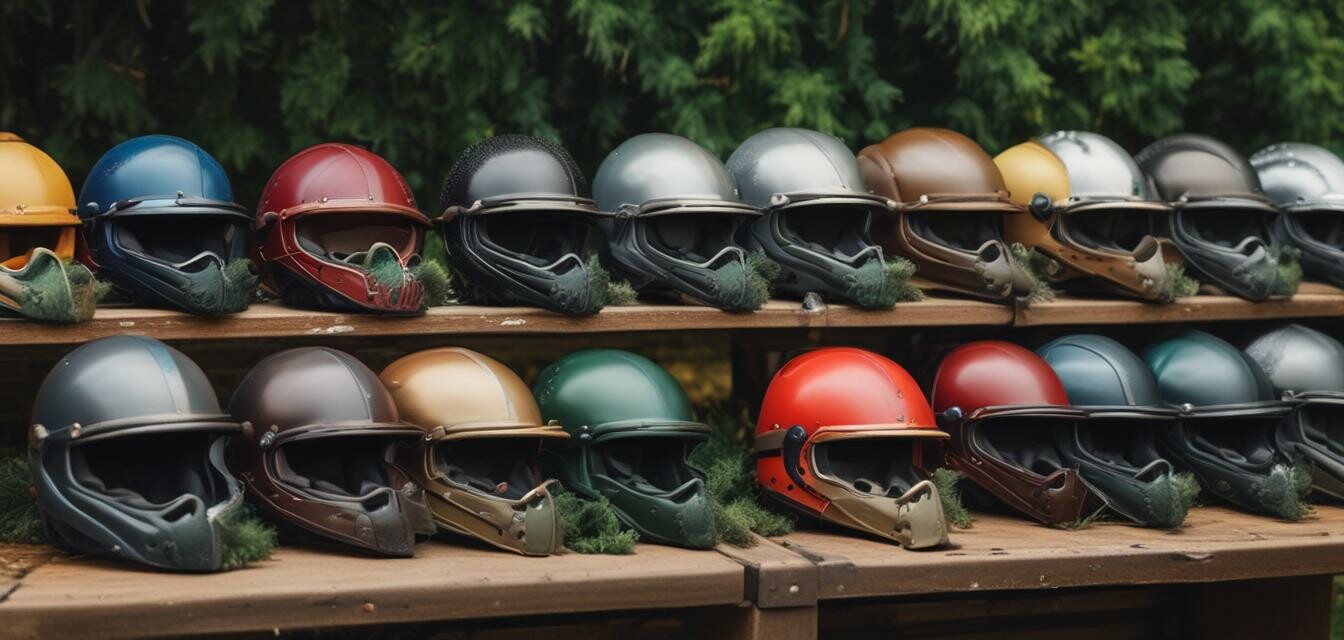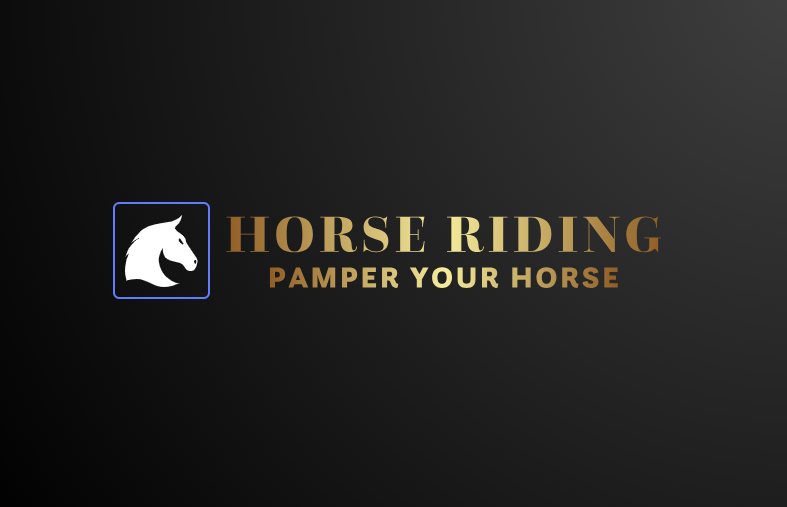
Selecting the Perfect Equestrian Helmet
Key Takeaways
- Ensure that the helmet meets safety standards.
- Consider the helmet's fit and comfort level.
- Explore different styles to match your riding discipline.
- Look for ventilation features to keep cool during rides.
- Evaluate the weight of the helmet for prolonged use.
When it comes to horse riding, safety should always be your top priority. One of the most essential pieces of riding gear is the equestrian helmet. This guide will help you understand the crucial factors to consider when selecting the perfect helmet to ensure both safety and comfort in your riding experience.
Why an equestrian helmet is essential
Equestrian helmets are designed to protect your head in case of an accident, which can be a serious risk in horseback riding. This protective gear can significantly reduce injury severity and provide peace of mind while you ride. The right helmet can enhance your riding experience with both comfort and security.
Key factors to consider
Choosing the right helmet involves considering several factors that will impact your safety and comfort while riding. Below are the key elements you should focus on:
| Factor | Description |
|---|---|
| Safety standards | Ensure the helmet meets safety certifications such as ASTM/SEI. |
| Fit | A helmet should fit snugly without being too tight. Make sure to measure your head correctly. |
| Style | Select a style that is suitable for your riding discipline, whether it's hunter, jumper, or dressage. |
| Ventilation | Look for helmets with adequate ventilation to keep you cool during long rides. |
| Weight | Opt for a lightweight helmet for increased comfort, especially on longer rides. |
Understanding different styles of equestrian helmets
There are a variety of equestrian helmet styles available, each designed for different riding disciplines. Here’s a breakdown of the most common styles:
- Hunter helmets: Typically feature a sleek design and high shine.
- Jumper helmets: Prioritize safety with additional padding and structural support.
- Western helmets: Often styled to match Western riding attire and provide extra sun protection.
- Dressage helmets: Elegant in appearance with a broad brim, suitable for formal riding.
Fitting your equestrian helmet
A proper fit is essential for ensuring that your helmet provides optimal protection. Here’s how to achieve a perfect fit:
- Measure your head circumference using a soft tape measure.
- Refer to sizing charts available from the manufacturer.
- Try the helmet on and make sure it sits level on your head.
- Adjust the chin strap for comfort and security.
- Perform a few movements to ensure it stays in place without excessive movement.
Helmet maintenance and care
To ensure your equestrian helmet remains in optimal condition, follow these maintenance tips:
- Store the helmet in a cool, dry place away from direct sunlight.
- Clean the helmet regularly with a damp cloth and mild soap.
- Avoid dropping the helmet, as internal damage may occur even if there is no visible damage.
- Inspect the helmet for wear and tear following any fall or impact.
- Follow the manufacturer's instructions for specific care guidelines.
Frequently asked questions
Here are some common questions that riders have when selecting their helmet:
| Frequently Asked Questions | Answers |
|---|---|
| How often should I replace my helmet? | It's recommended to replace your helmet every 3-5 years, or sooner if you've had a fall. |
| Can I customize my helmet? | Many manufacturers offer customization options, including different colors and add-ons. |
| Are more expensive helmets worth the price? | Generally, higher-priced helmets provide better safety features and comfort options. |
| What if my helmet doesn't seem to fit perfectly? | Always seek a professional fitting at your local tack shop or consult the manufacturer. |
Pros
- Provides essential protection for riders.
- Available in a wide range of styles and sizes.
- Some models offer additional features such as ventilation and padding.
Cons
- Higher-end models may be expensive.
- Finding the right fit can be challenging for some riders.
- Stylish helmets may sacrifice some safety features.
Tips for beginners
- Always prioritize safety standards when selecting a helmet.
- Don’t hesitate to ask for help at your local equestrian store for proper fitting.
- Join riding communities to get recommendations on helmet brands and styles.
- Test various helmets to find the most comfortable option for you.
For further reading, you may want to explore our articles on rider tips and advice or check out our comprehensive buying guides for more information on selecting the right riding gear.
For the latest trends in equestrian equipment, visit our News and Trends section.
In conclusion, selecting the perfect equestrian helmet is not just about appearance but ensuring your safety while riding. By understanding the features to look for, ensuring a proper fit, and maintaining your helmet, you'll be set for many enjoyable rides ahead. Happy riding!
